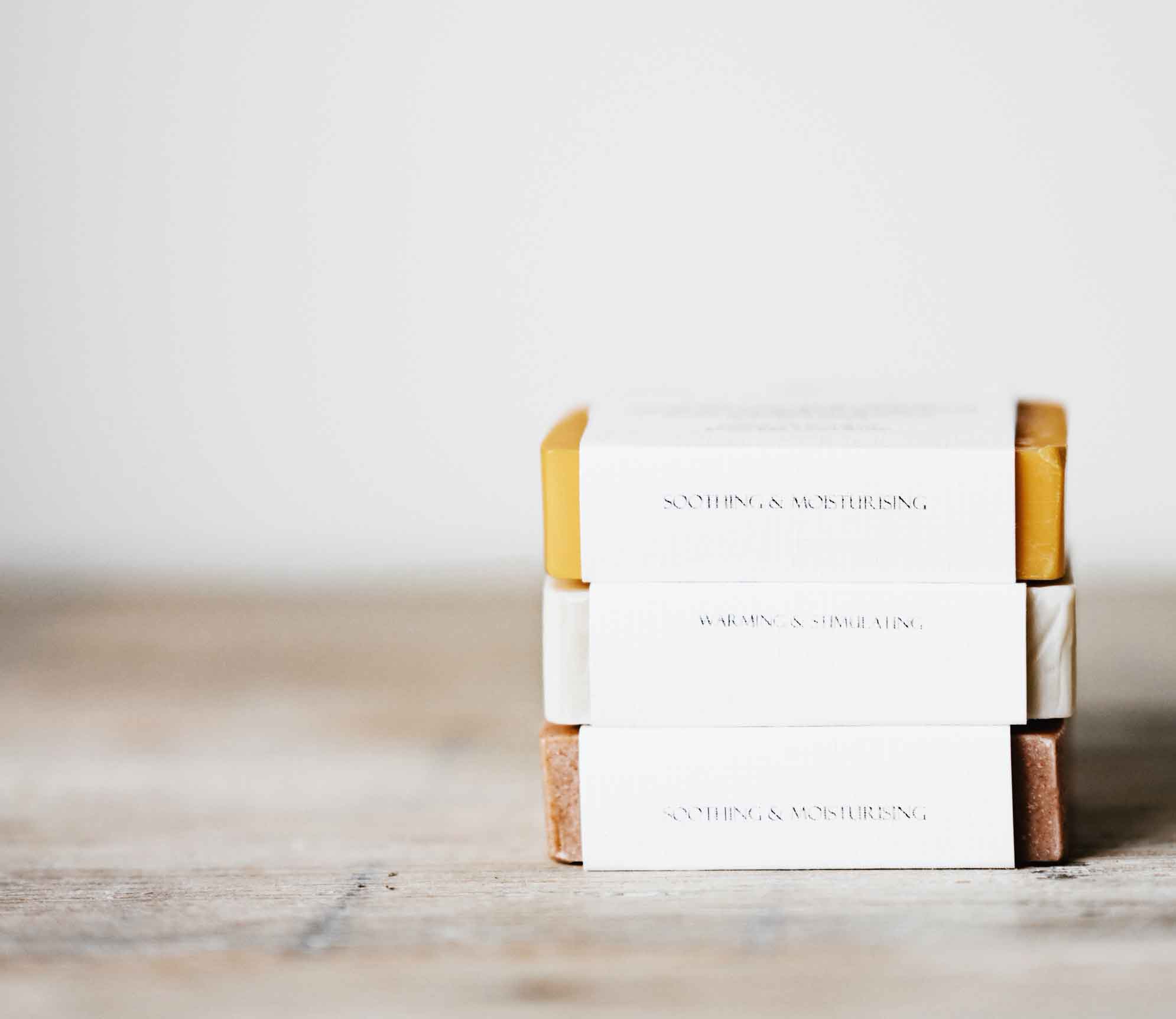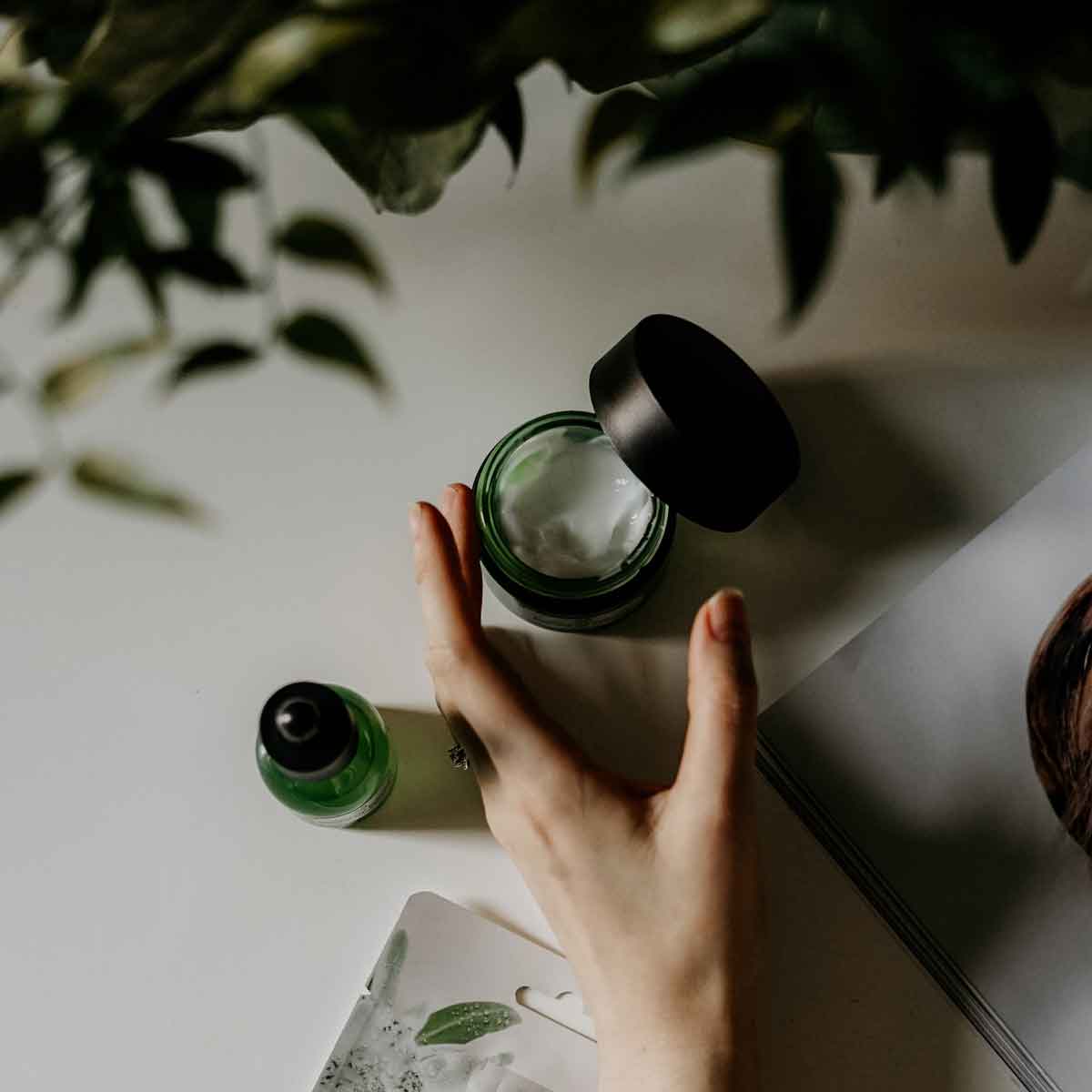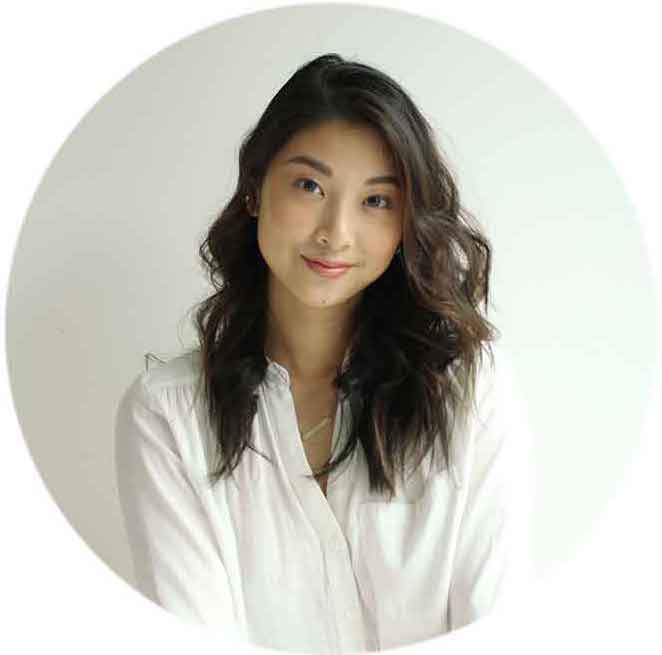
What Do Clean Beauty Terms Really Mean?
Under the umbrella of clean are a plethora of other marketing terms that take advantage of the recent upswing in health and wellness interest to sell products that sound like they’re good for you. Although it’s tempting to simply trust in the positive connotations of these terms, they may not always mean what you think.
The term clean as it relates to beauty is so common now that we hardly give it a second thought. Every department store and beauty boutique have a clean beauty section and more and more beauty brands are coming out with their own clean labels everyday. And no wonder why—according to market research company NPD, prestige beauty sales in 2020 were down 14% while clean beauty sales increased 11%, and prestige skincare sales crawled up 5% while clean skincare catapulted 29%. With this rise in popularity, clean beauty terminology is getting thrown around right and left to the point where it can be hard to tell what anything even means anymore. But part of being a conscious consumer is to make informed buying decisions, so let us help clear the air on clean beauty jargon so that you can go on making the best choices for you.
CLEAN
Clean is used by brands to identify products that don’t contain certain ingredients that they consider controversial or unsafe. Clean beauty products tend to favour natural ingredients but can also contain synthetics that have been deemed safe for humans and the planet. The point of confusion is that there is no universally agreed upon list of undesirable ingredients and therefore no consensus on what constitutes a truly clean product.
Bottom line:
A clean seal of approval that is transparent about what ingredients they choose to leave in and out of their products is a good way to narrow your purchases to items that you know are at the very least putting in the effort to protect you and the planet from potentially harmful substances. If in any doubt, research questionable ingredients yourself so that you can rest assured that you have full control over what you choose to use on your body.
NONTOXIC
Nontoxic is used to describe products that are not harmful to humans. It does not specifically take the planet into account the way clean does, and it also does not refer to any particular ingredients, making it an even less conclusive category than clean.
Bottom line: There are very few commonly-occurring ingredients in conventional beauty products that are being used in large enough quantities to be considered harmful to humans. Unless there are specific ingredients being called out, this term is generally a lazier copycat of clean with nothing to back it up.
ORGANIC
Organic is the only term with government-regulated certification available within the clean beauty space. It describes ingredients that are produced without harmful pesticides. Labels like USDA-Certified Organic indicate that a product contains at least 95% organic ingredients and NSF Organic-Certified indicates at least 70%.
Bottom line: Beauty brands are not legally obligated to become government-certified in order to make organic claims. If you ever see a product with an organic claim, check first for a third-party certification. If there isn’t one, check for organic content in the ingredients list instead. Finally, you can also check the brand’s website to see if they have more specific information about the organic ingredients they use before making a final decision on the product.

NATURAL
Natural is often used simultaneously or interchangeably with organic, and they are quite similar. Natural products are those whose ingredients are sourced from nature with minimal modification. However, what these “modifications” are or what counts as a “minimal” amount of them is not specified.
Bottom line: Just because a substance is natural does not mean it is inherently healthier or safer for you—poison ivy and arsenic are natural but they’re certainly not things you’d want to put on your face. Not to mention there are plenty of safe synthetics out there, too. If anything, in the search for a natural product we find that an organic certification, which implies natural but also makes the specific assurance that harmful pesticides are not used (a “modification”), holds more weight than simply being classed as natural.
ECO-FRIENDLY/GREEN
While all of the previous terms were predominantly concerned with ingredient safety pertaining to humans, products labeled eco-friendly or green are particularly designed to have little or no damaging effect on the environment. This ethos should be taken into account in every aspect of the product, from how it’s made, what it’s made of, how it’s packaged and how it’s delivered. However, because there’s no regulation for these terms in the beauty industry, many products are labeled eco-friendly or green even if they only satisfy one or two of these requirements.
Bottom line: The best way to avoid falling for greenwashing is once again to do your own research. Green brands are proud of the work they do are eager to share about their innovations. Checking a brand website’s FAQ or a page on their environmental initiatives will often tell you everything you need to know, but if you still have questions, don’t be afraid to get in touch with them directly.
VEGAN AND/OR CRUELTY-FREE
A vegan product does not contain any animal-derived ingredients or by-products. There are some third-party certifications that exist to identify vegan products, however Googling questionable ingredients can also tell a consumer what they need to know if they have any doubts. Do not however confuse vegan with cruelty-free, which means that a product and its raw components were not tested on animals. In this case there are multiple different third-party certifications to look for, such as Leaping Bunny or Beauty Without Bunnies.
Bottom line: If you want to be completely sure that no animals were harmed in the making of your beauty routine, it’s best to look for products that are both vegan and cruelty-free, as it is possible for a product to be one and not the other.
We have hope that clean beauty will become the norm going forward and that these terms will eventually become common knowledge. For now, though, refreshing your memory every once in a while and seeking further information when faced with a questionable claim are the best ways to successfully navigate the ever-growing and ever-changing landscape of clean beauty.

+ Words: Dorice Lee, Luxiders Magazine Contributor
IG: @doricelee








